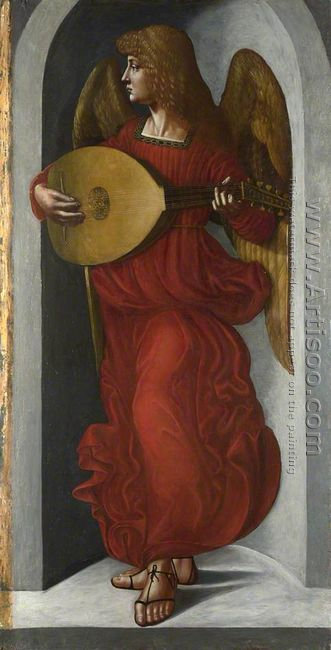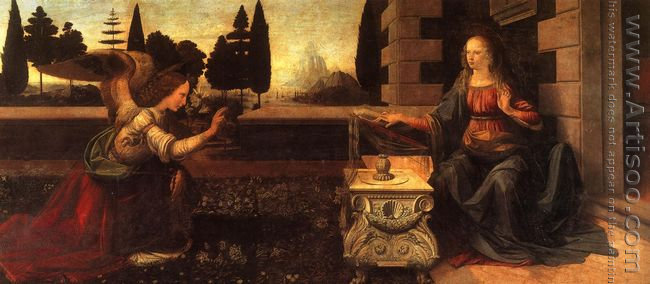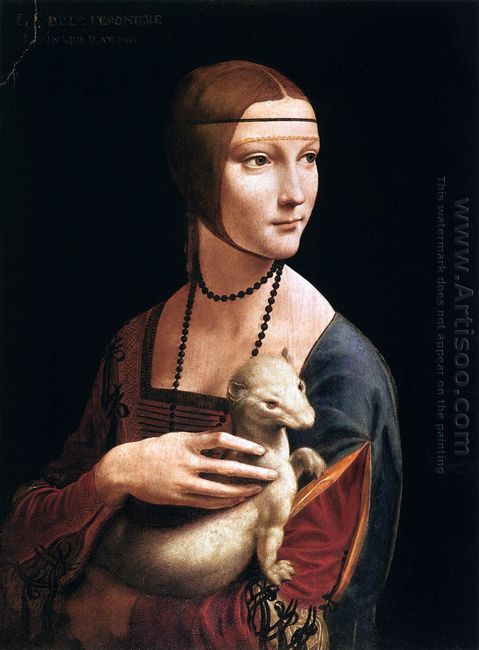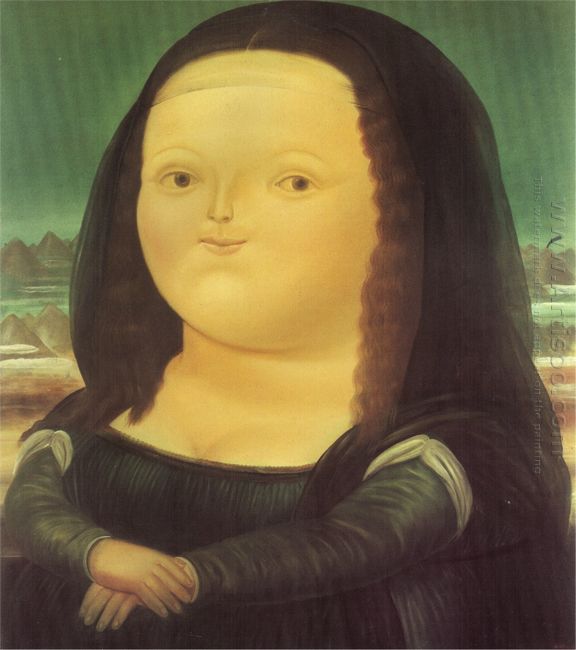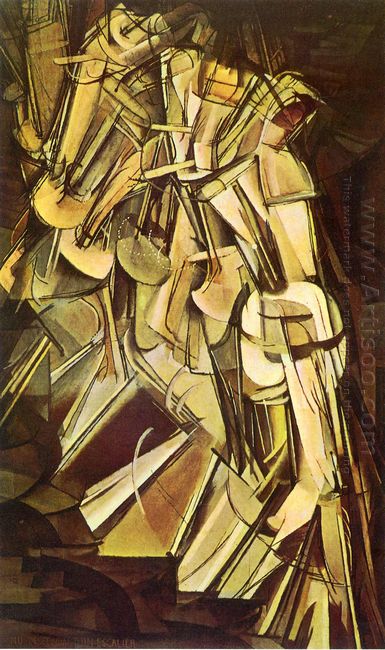What inspired Leonardo da Vinci to paint Vitruvian Man was from one paragraph of Ten Chapters of Building Architecture: "The natural center in human body is the navel. Because if the hands and feet were open for the supine position, and then to take his navel as the center with a compass to draw a circle, then his fingers and toes will be in contact with the circumference. Not only in the body that draw a circle, but also in the human body to draw a square. If it was measured from the bottom of feet to the head and this measure was moved to the open hands, then you will find the height and width equal as if a plane with a ruler to determine the square."
From the exposition in the book of Vitrurius, he was speaking the balance of temple which was determined by the ratio. Ancient Rome architects thought proportion was the balanced method in all details and overall subject to certain modulus during the construction. In fact, no balance or proportion, we would not have any temple location. Similar to the attitude of beautiful human, limbs must be correctly distributed. Ten Chapters of Building Architecture was written in Latin in the letter form of the emperor of Rome Augustus. It was soon lost and only the copy was handed down. In 1414, the manuscript was found in the Swiss Abbey and like a variety of other ancient Greek and Rome works, it provided knowledge nourishment and inspiration ideas for the Renaissance scholars and a great help for architects to make field research and restoration for the ancient Rome ruins. Some people even established the Vitrurius Institute which played a significant role in the popularization of construction research and knowledge richness.
Obviously, Leonardo da Vinci read Ten Chapters of Building Architecture and associated the biological basis (form and proportion) with geometry (square and round) to make Vitruvian Man perfectly shown under his brush.


